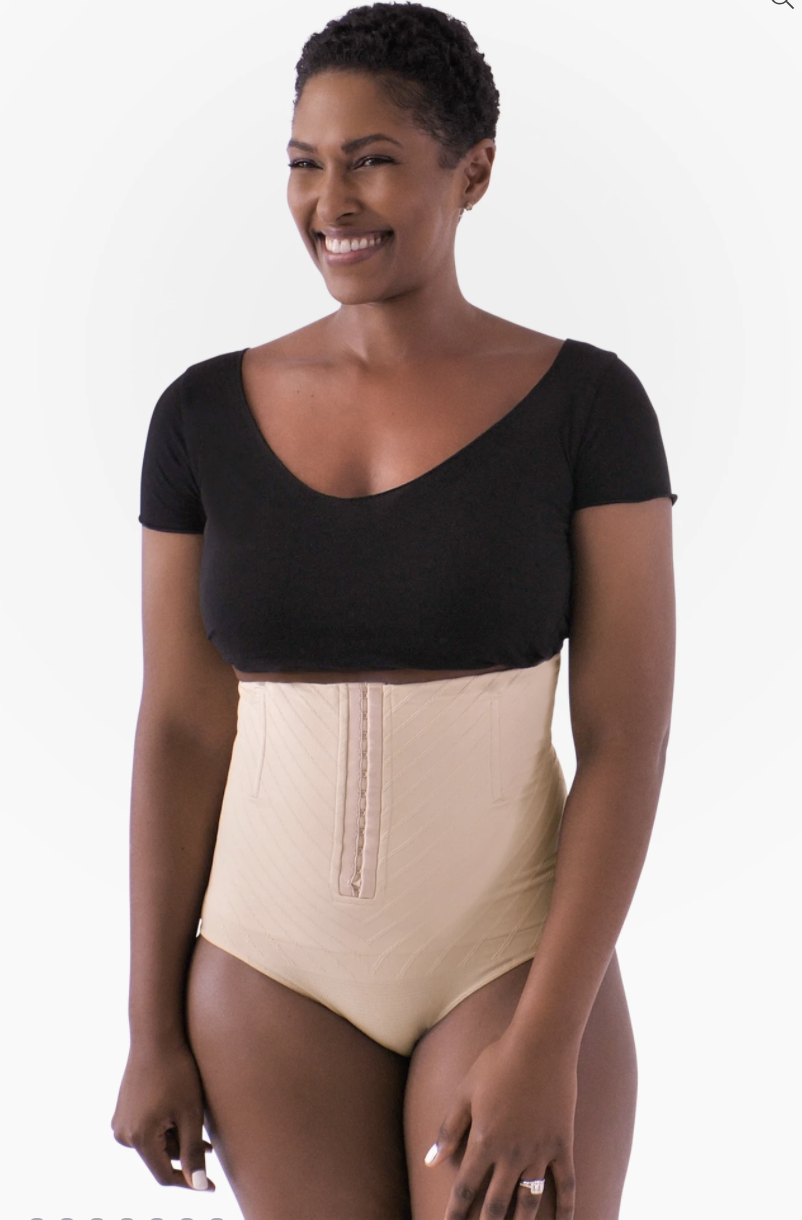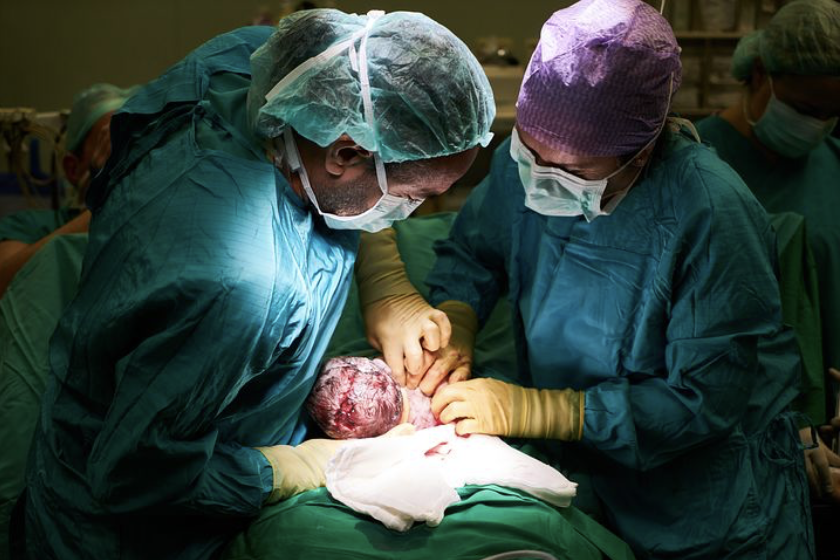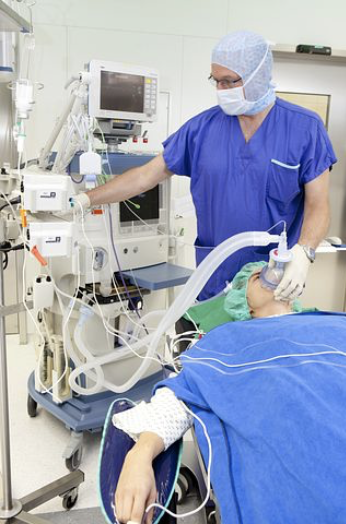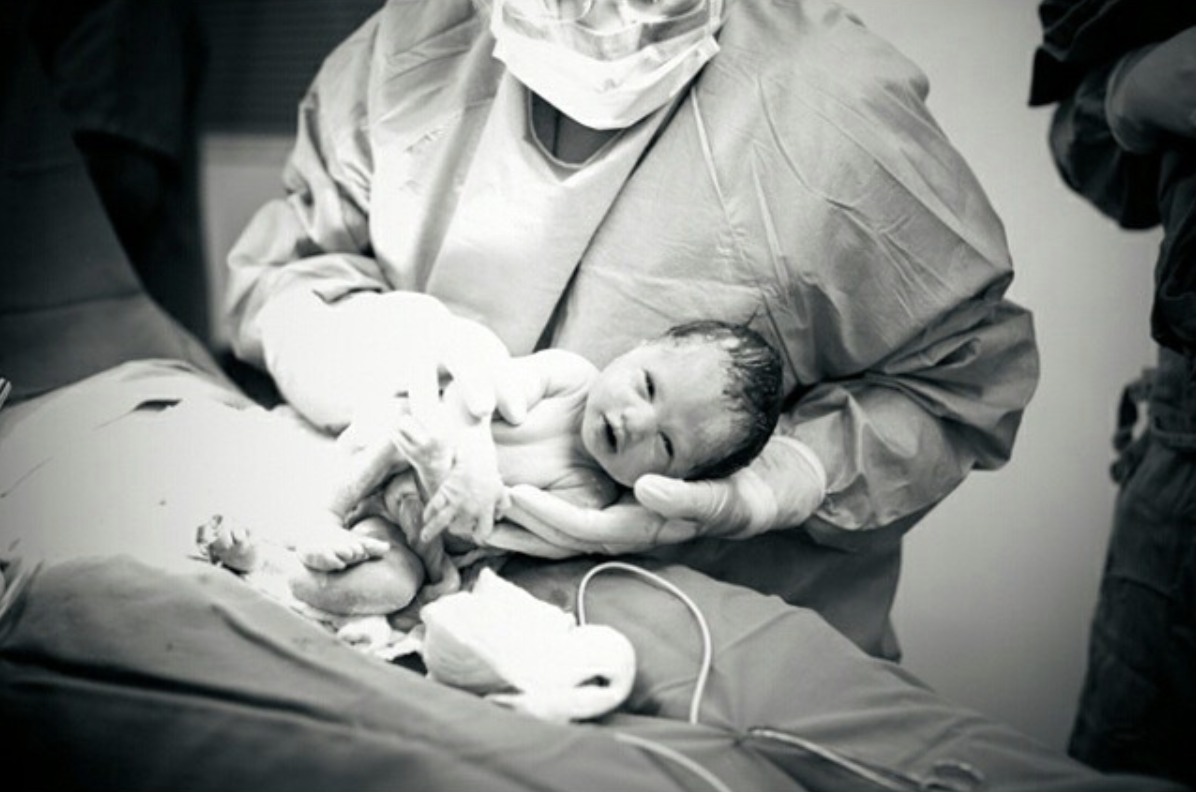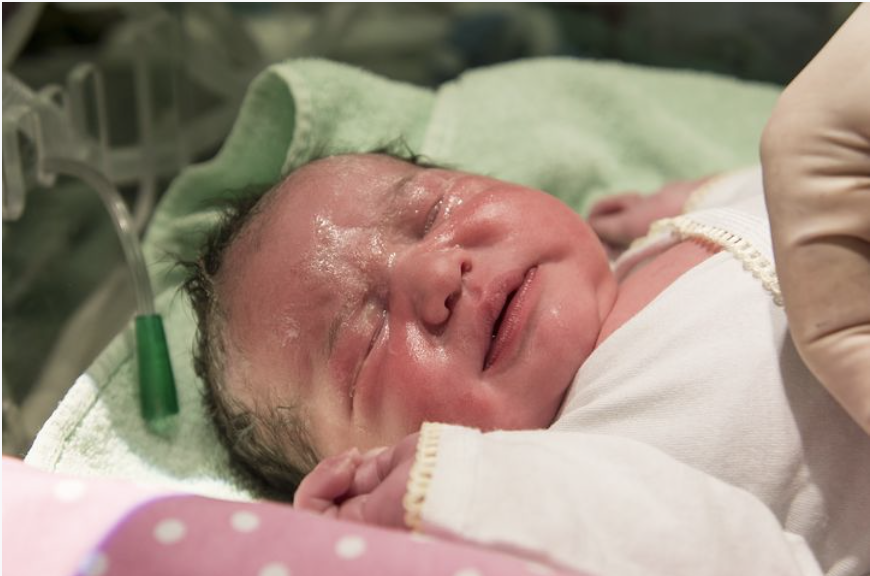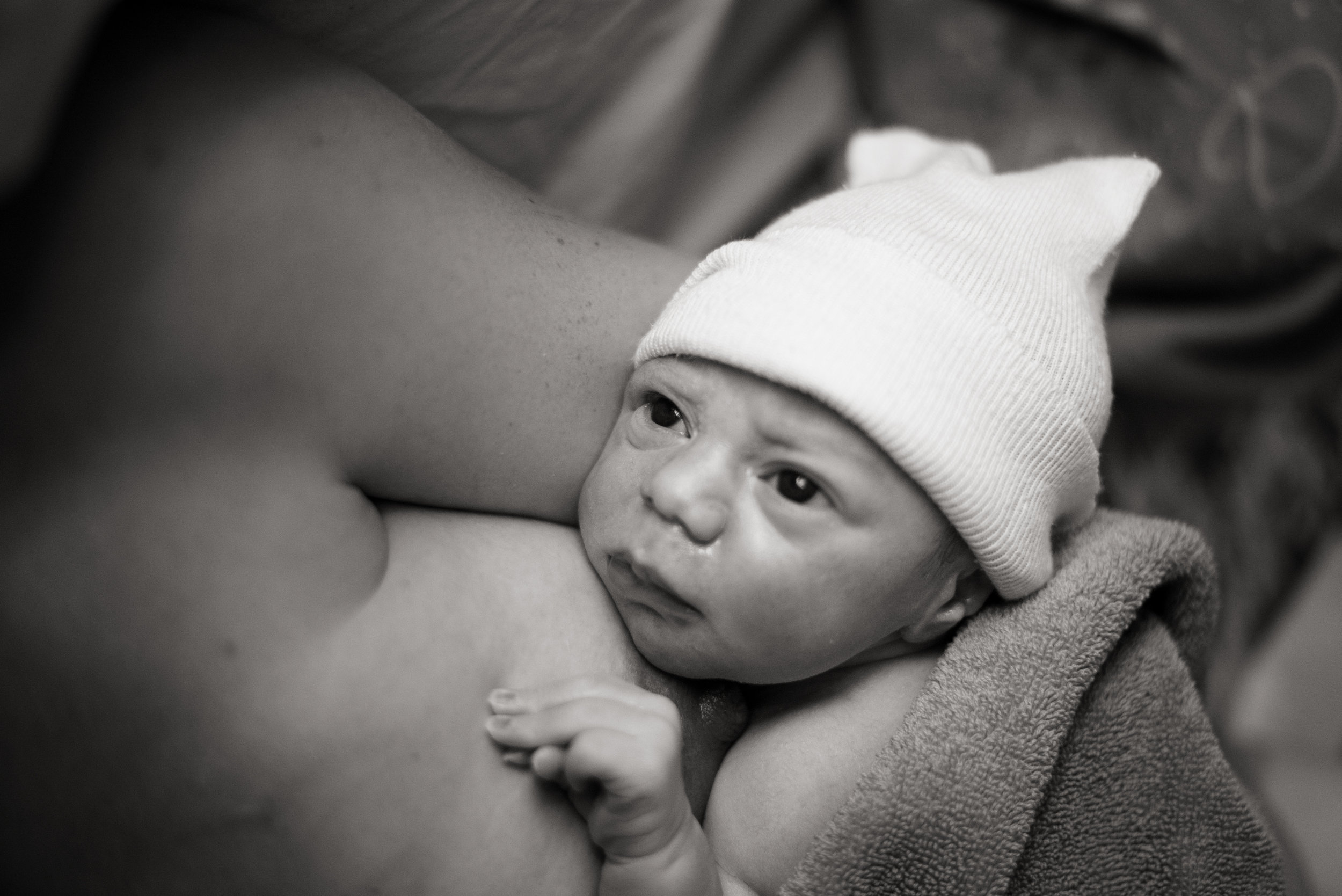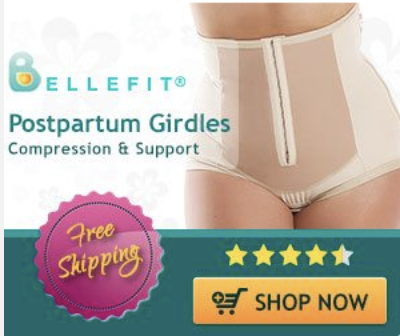Congratulations! Having a new baby in the house is such an exciting and wonderful blessing. But, it can also be overwhelming, especially if this is your first or if you’re trying new things with this baby. Below are some tips to help guide you through this special time.
Feeding
Breast is best for you and your baby, but it is a learning process. Allow a few weeks for the both of you to become pros. Get help from your midwife or lactation consultant as soon as possible if you are having difficulty. Some excellent resources are pediatrician Dr. Jack Newman’s website and his international center, as well as kellymom.com. General suggestions to ease the process are:
Nurse baby on demand or every 1-½ to 3 hours while you are awake. If the baby has a 4-6 hour stretch in the middle of the night, let baby sleep.
If baby is too sleepy to nurse this often in the beginning, try to rouse by unswaddling and undressing, a diaper change, a gentle back rub, or a cool washcloth on the baby’s forehead.
Nurse one side each feeding. Start the next session on the other breast.
Alternate feeding positions between side lying, cradle and football hold.
Burp baby as needed if appears gassy during and after feeding.
Do not give baby glucose water or common formula, especially while you are trying to get the breastfeeding going. Breastmilk alone, including the ‘liquid gold’ initial breast milk colostrum, is adequate nutrition and hydration for at least the first six months when all is well. The water or formula fills up their tiny stomach so they nurse less, which makes you produce less milk, and the bottle’s teat confuses them and can impair their ability to suck on your nipple. If there are issues and you do need to supplement, pumped or donor breast milk from certified mild banks is the choice method of feeding. If you must give formula, go for the organic brands that most closely resemble breast milk. Use a dropper to the side of baby’s mouth, supplemental nursing system or slow flow nipples that are more similar to the breast.
Avoid smoking, alcohol and drugs while breastfeeding. Always consult your practitioner before taking any medications or herbal preparation.
Limit caffeinated beverages to no more than 1-2 cups per day.
To calm a screaming baby that is too upset to nurse, try:
Changing the diaper
Burping baby
Swaddling baby in a blanket
Giving baby a warm bath
Cradling or cuddling baby close to your chest
Rocking
Singing
Swinging
Talking softly to baby
Giving baby a gentle back massage
Taking baby for a walk or car ride
Holding baby in a position that allows application of slight pressure on his or her abdomen
If all else fails, give baby to your partner, take 30 minutes, and try again.
Sleeping
Babies sleep about 18 hours per day. Place your baby on his or her back, or side to sleep, with baby’s back supported by a rolled receiving blanket.
Bowel Movements and Voiding
Babies have greenish-black, sticky stool for the first few days. This is called meconium. Breastfed babies’ stool will then become golden-yellow, soft, and seedy-looking. Once your full milk comes in and replaces colostrum, your baby will have 1-4 stools and 6-8 wet diapers in a 24 hour period. Change the baby before each feeding to prevent diaper rash. For a reddened diaper area, use homeopathic calendula, zinc oxide or herbal diaper cream, A & D ointment, Desitin cream plain or with zinc oxide. French green clay is excellent for diaper rashes. Use talcum free baby powder. Place baby on an absorbent pad and allow periods for baby to be diaper free, or read up on elimination communication - training baby to poop and pee on the potty!
Cord Care
Keep the cord stump dry by folding the front of the baby’s diaper down. Squeeze a saturated cotton ball of alcohol or hydrogen peroxide to the cord stump three times per day to keep it clean. Open a capsule and apply powdered goldenseal herb or herbal combination cord powder around the base. The cord stump should fall off by itself within 8-12 days after the birth.
General Care
Wash hands before handling the baby.
Bathe baby with mild natural soap and water, and wash the baby’s hair with a gentle tear-free natural shampoo several times per week (ideally every day – they love it).
After the first 24 hours and the baby’s body temperature stabilizes, dress him according to the temperature as you would dress.
Best to file than cut long nails with scissors, so baby does not scratch her/himself.
Take the baby for a daily outing, but keep the baby away from crowds and people with contagious illnesses.
Wear your baby. Experiment with a few baby carriers and see which one you and baby like the best.
Add to your collection The Baby Book by William and Martha Sears, as it is a wonderful “must have” comprehensive reference and guidebook to the baby’s first two years of life and virtually every aspect of care.
If you had antibiotics or baby was born by cesarean, take extra precautions to restore baby’s microbiome (healthy balance of flora).
Safety
It is State law and safe practice that babies ride in car seats every time that they travel in a vehicle.
Always make sure that the baby is not unattended on changing tables, beds or other high places.
If the baby sleeps in bed with you, make sure baby is in a sleeping pod or baby lounger, and that the bed has a guard rail. Do not keep pillows, stuffed animals or extra blankets in the baby’s sleeping area.
Danger Signs
Contact your pediatrician immediately if:
The baby becomes listless, will not nurse, is inconsolable, has high pitched screaming, or behaves in an unusual way.
The baby does not urinate within the first 24 hours, or voids less than 6 diapers per day after your milk is in.
The baby has no bowel movement for 48 hours, or has more than 10 watery green, foul-smelling diarrhea diapers per day.
The cord starts to smell bad or has pus oozing from it and the area around it becomes red and swollen.
The baby’s temperature is below 97 degrees or above 99 degrees when taken under the baby’s arm.
The whites of the babies eyes become yellow or the skin color becomes a yellow or tan tinge.
The baby’s skin turns blue or white, especially the trunk or around the mouth.
Projectile vomiting.
For more tips on newborn care and breastfeeding, read my Natural Birth Secrets Book 2nd edition and take my online course. Need more personal guidance? Schedule a consultation with me. Many of the reputable brands of remedies I recommend are available in my online holistic apothecary.
For extra support in relieving common aches and pains, wear an abdominal binder. like Bellefit. They make postpartum support girdles that mamas really love. I have a holistic approach to life, including healing after pregnancy and birthing. Nothing replaces abdominal toning and exercise for restoring muscle strength and tone - which I encourage for all mamas as soon as they feel up to it postpartum. Nothing replaces touch, slow deep abdominal breathing, and a 'love your postpartum body' perspective that I promote. But I have found many mamas simply feel comforted by this support garment, especially early postpartum and temporarily as needed....to be used without forfeiting abdominal toning and strengthening exercise, breathing well and touch.
I have found Bellefit supportive garments to help like they use belly binding around the world such as in Indonesia. They do aid in early postpartum healing and provide support many mamas feel comforted by. I deal with human beings and the reality is many postpartum mom's struggle with body body image, feel frustrated that getting back to themselves takes longer than expected. Being into holistic health and healing includes being sensitive to real human struggles - the mind, body, heart and soul of each person and their unique situation. Having helped countless women with these issues after having a baby as a midwife, I have found many still love that binding and feel better with this support, and ability to fit into their pre-pregnancy clothes comfortably and sooner than they would if they went through a C-section or natural childbirth recovery without it - especially when they have to dress up and fit into a certain favorite outfit for a special occasion or wedding not long after having a baby.
Have a Great Postpartum Recovery (with a little help from Bellefit)!





